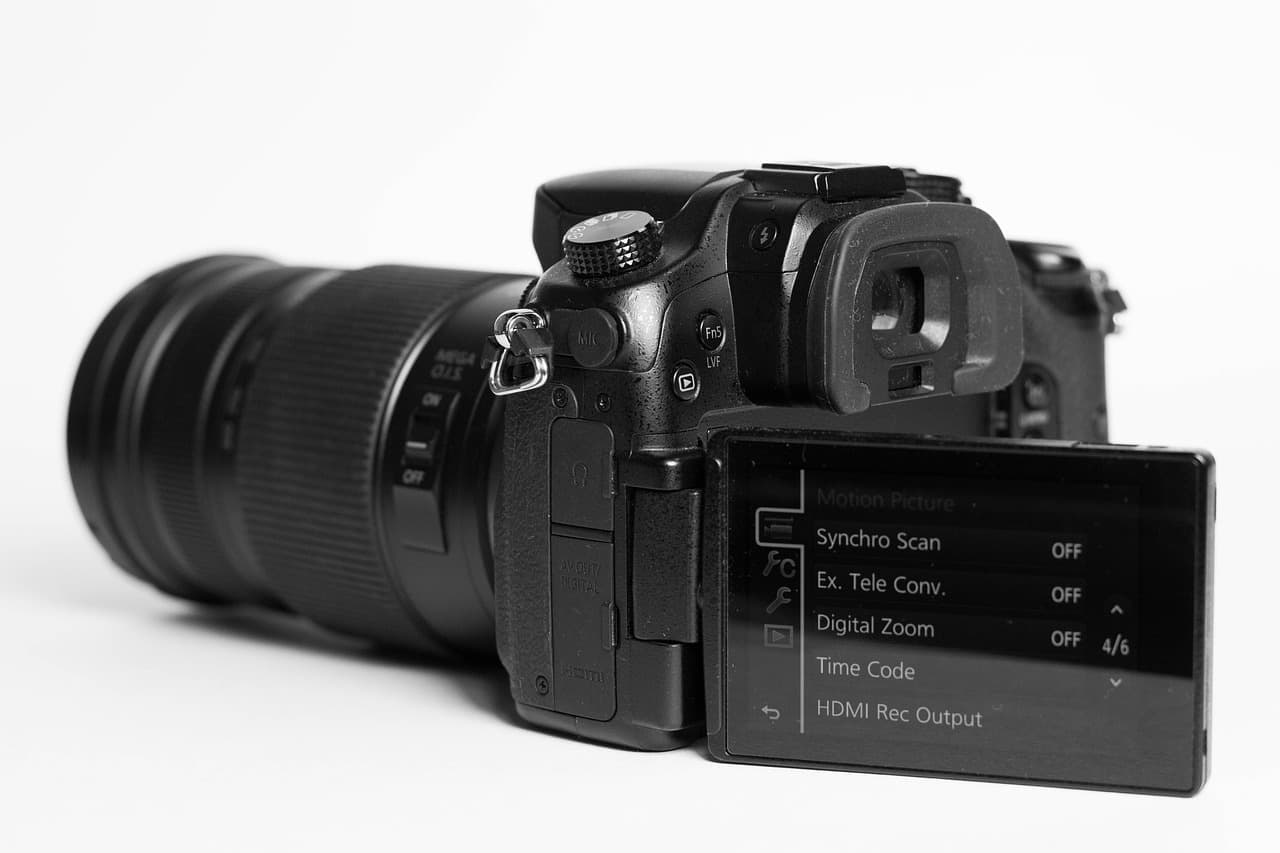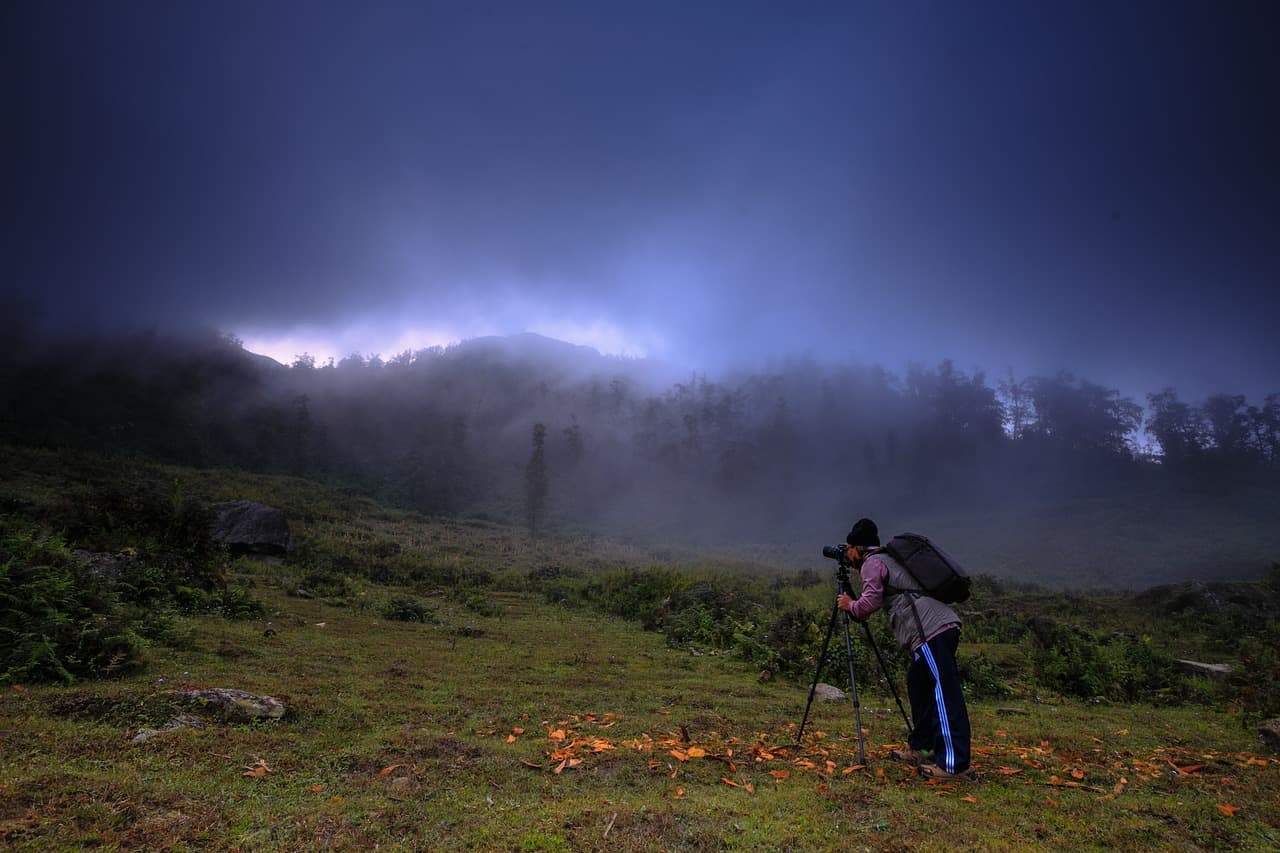We’ve got some New Year’s resolutions that you could, erm, resolve to keep. If you manage to keep them all by the time the chimes are ringing in 2019, declare yourself an official photography saint…
1. I will… always format my cards
It’s easy to get into the bad habit of just whacking any old memory card into your camera and shooting away. That’s fine until one day something goes wrong and you lose a bunch of files. We’re not saying a format of a card is always going to prevent that, but it can help. Besides, it makes importing and sorting through photos much easier if you only have one session on the card at a time.
So, before you start a new project, trip, portrait session, or whatever it is, get into the habit of heading into the menu and formatting your cards.
2. I will…. always shoot in raw format
There’s a reason photography magazines always bleat on about shooting in raw format. It really does offer the best flexibility in case anything should go awry with exposure, white balance, etc.
Files take up more room on your hard drive, but you’ll be grateful if you just miss out on the perfect shot because of dodgy lighting or something else which can be saved by processing a raw shot.
Head to your camera’s menu and change to shooting RAW+JPEG – it makes sense to shoot both formats at the same time so you still have something quick to share.
Continues below…
[collection name=”small”]
3. I will…. always back up properly
The time you realise you should have backed usually comes after a catastrophic disaster, such as a memory card giving up the ghost, losing it in the washing machine, or even worse, a theft.
Get into the habit of backing up your files (more than once if you can), as soon as is logistically possible. Don’t put it if off until it’s too late. Consider backing up to an online cloud service too, so that you can always access your photos no matter where you are, and don’t have to rely on functioning hardware.

Credit: Photo-Mix/Pixabay
4. I will…. organise my files sensibly
It’s all well and good having your files backed up promptly, but if your organisational system is all over the place, you almost might as well not bother. The simple truth is, if it takes you an hour to find a photo every time you go looking, you’ll soon think of it as a chore and may not even bother.
There are lots of different systems you could use, but whatever you use, make sure it’s sensible and easy to navigate (for you). So you could arrange by date, by event, by person, by place.
You could use a combination of all of the above by tagging your shots when you import them.
5. I will…. clean my lenses regularly and look after my lens caps
When you’re out on a busy shoot, it can be quick and easy to chuck your lenses back into your bag without much care or attention.
If you keep doing that, over time, little bits of dust and dirt can add up to one big problem. If you’re shooting something quick that requires quick changes, make sure you go through your bag after the shoot has finished, reattaching lens and rear caps.
Give your lenses a spring clean every few months with a lens cleaning cloth and fluid for good measure too. Always make sure your lenses are speck free before heading out on a photography job – it’s better to do that at home than waste time out in the field.

Credit: StockSnap/Pixabay
6. I will… clean my sensor
The peril of an interchangeable lens system is that the sensor can be susceptible to floating dust and dirt particles. That’s especially true if you use a mirrorless system that doesn’t at least have the mirror in the way to offer some protection.
If your camera has sensor cleaning in the body itself, make sure to enable that. Basically, this will vibrate the sensor and cause any loose dirt to fall off. For more stubborn bits, use a blower to remove the particles.
Pay attention to how clean your sensor is on a regular basis, especially when shooting certain subjects, such as narrow aperture landscapes – any dust particles will become obvious in any wide expanses of sky. It’s better to spend a few minutes checking your sensor is clean than hours in Photoshop spot healing all your shots.
7. I will… reset my camera at the end of every session
Say one night you’re shooting at a low light concert with the ISO settings ramped up, and the next day you’re photographing a well lit outdoor portrait.
You absently mindedly forget to check the ISO setting and all of your daytime photos end up being shot at ISO 3200. Not ideal.
Make it a habit to reset your camera to basic settings at the end of every session and silly mistakes like that shouldn’t happen.

Credit: Fifaliana/Pixabay
8. I will… do my editing in a reasonable time frame
There’s something to be said for coming back to edit your shots after some time away. However, you should try and avoid taking that to extremes and ending up with a backlog of editing that frankly you start to wonder if you’ll ever tackle.
Set an alert on your phone or calendar when it’s been one month since a particularly big shoot to gently remind you to take a look and edit them (if you haven’t done already).
9. I will… try something outside of my comfort zone
It can be extremely tempting to stick with the type of photography you know and love. However, pushing yourself to try something out of your comfort zone – perhaps you always shoot landscapes, you could try portraits – will expand your skills as a photographer, making you more well rounded, and you might even have fun.

Credit: Quangpraha/Pixabay
10. I will… seek out inspiration
Again, it can be easy to get stuck in a rut with your photography, but seeking out inspiration from others, advice articles, galleries, websites and more can really give you the creative jolt you need.
There’s literally millions of sources of inspiration out there, with something to suit pretty much anybody and any budget. Look out for photography exhibitions near you – other exhibitions work well too, the rules of composition apply across both painting and photography for instance.
Pick up a book by somebody you admire, your local library should have plenty in stock. Alternatively, you could try subscribing to a photography magazine to give you weekly tips and project ideas.







